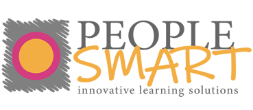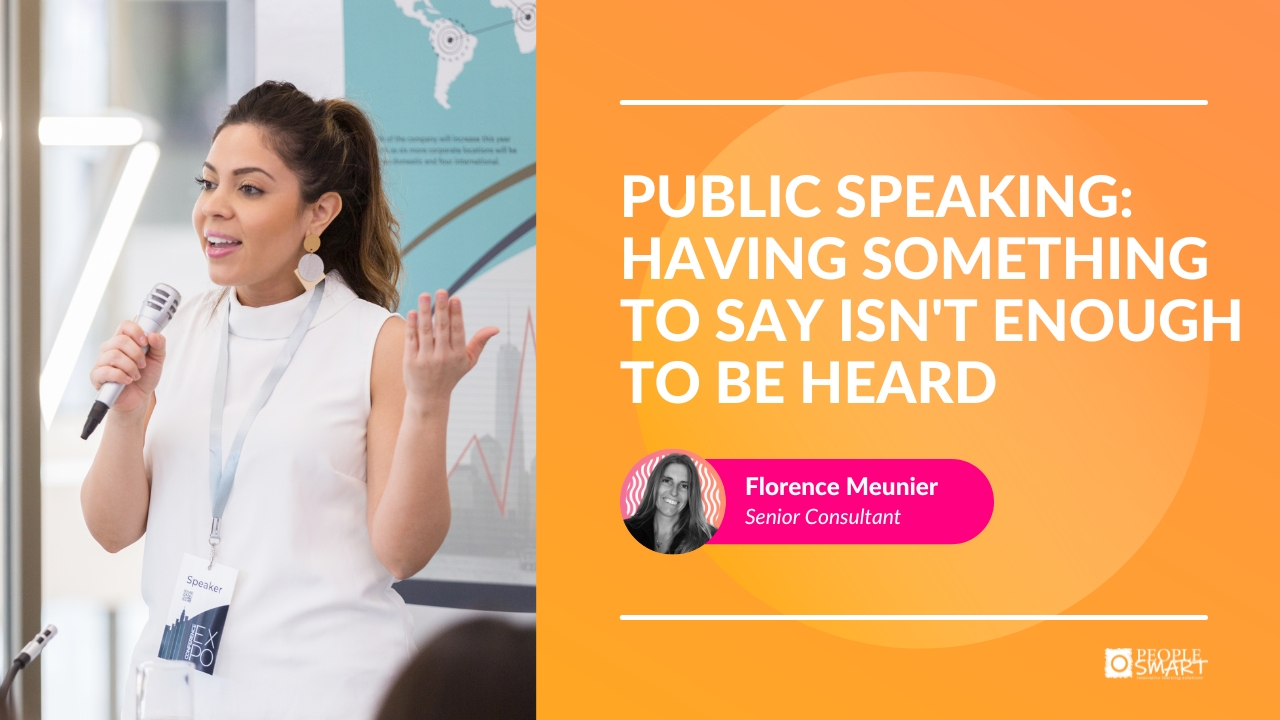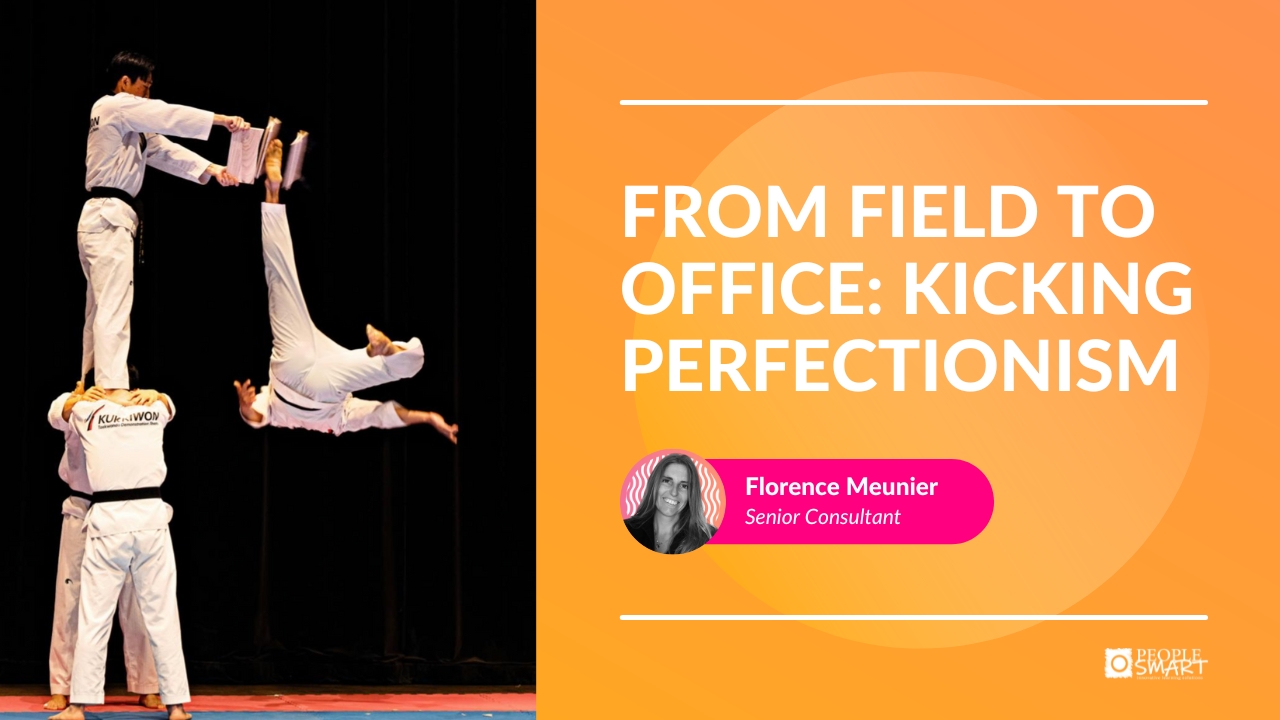The job of a diplomat is complex and multifaceted. By its nature, it requires one to operate in environments of great diversity. In order to be successful, diplomats, while defending their countries’ interests, must maintain an awareness of the perspectives of host nations. The most successful among diplomats do not rely solely on their own education or knowledge (and perhaps language) of the countries where they serve. Rather, they seek out and rely on the expertise of the diplomatic mission’s locally-hired employees, or LE staff. Indeed, effective collaboration between the two groups requires a clear understanding and practice of the principles of diversity and inclusion.
LE staff provide continuity for the diplomatic personnel and possess local language and cultural expertise. In the case of the United States, LE staff support of foreign policy at more than 270 U.S. embassies and consulates worldwide. They form an integral part of the team dedicated to representing the U.S. abroad.
Beyond providing institutional knowledge, LE staff are institution-builders too, carrying out the daily tasks that enable the managing officer to focus on program management. They represent the continuity of a diplomatic mission and, as such, carry the torch long after their individual supervisors have moved on to other postings.
LE staff not only fulfill their functional duties; more importantly, they are also negotiators, facilitators and no small part of the bilateral relationship. Their native knowledge and understanding of the reality on the ground, and the relationships they build and nurture with a broad range of contacts, are essential elements of informed analysis and pertinent reporting. In essence, they serve to bridge two cultures.
As a U.S. diplomat for over 20 years who worked in seven countries on five continents, I can attest to the importance of building a productive and mutually respectful professional relationship with LE staff. Achieving this, however, does not come naturally. Even seasoned diplomats and LE staff must apply the necessary skills inherent to diversity and inclusion to account for the multitude of personalities they encounter. How, then, to ensure a win-win result?
Practicing an inclusive approach in a diverse environment starts with building trust. Within the first weeks in a new job, a meeting with each staff member sets the initial tone. Demonstrating a sincere interest in them fosters open communication and a fruitful professional relationship. Once mutual confidence has been established, listening to their advice on local affairs and including them in the decision-making process enhances the feeling that they are valued.
Finally, it is essential to recognize that, even within one small country with a relatively homogeneous culture, numerous sub-cultures likely exist. For example, Togo in West Africa is about the size of Denmark (with double the population); the official language is French. Two indigenous languages, Ewé and Kabiyé are national languages and a third, Mina, is widely spoken in the south. According to some sources, however, a total of 44 languages are spoken throughout the country. Woe be to the diplomat who ignores the subtleties in cultural differences between people from the north and the south.
Acquiring a deeper understanding of the diversity around us also adds richness to our own lives. For example, soon after I began working in Togo, I noticed that, following an initial greeting, locals would ask, “et la famille?” – meaning, “how’s your family?”. Before long, I added this phrase to my own greeting repertoire both in professional and social encounters. With three simple words, I not only demonstrated knowledge and respect for a local tradition but also established an immediate rapport that paid dividends on a number of levels. It may come as no surprise that inquiring as to someone’s family is also well received in non-African contexts.
Technology and travel bring us into contact with an ever-growing number of diverse communities. The trend is irreversible, despite recent setbacks resulting from the Covid-19 pandemic. We do not have to be diplomats to apply the elements of diversity and inclusion discussed here in order to achieve a higher level of performance. When we do, we create allies, establish more harmonious professional and social settings, and continue to expand our personal horizons. That is a recipe for success no matter how you cut the cake.






